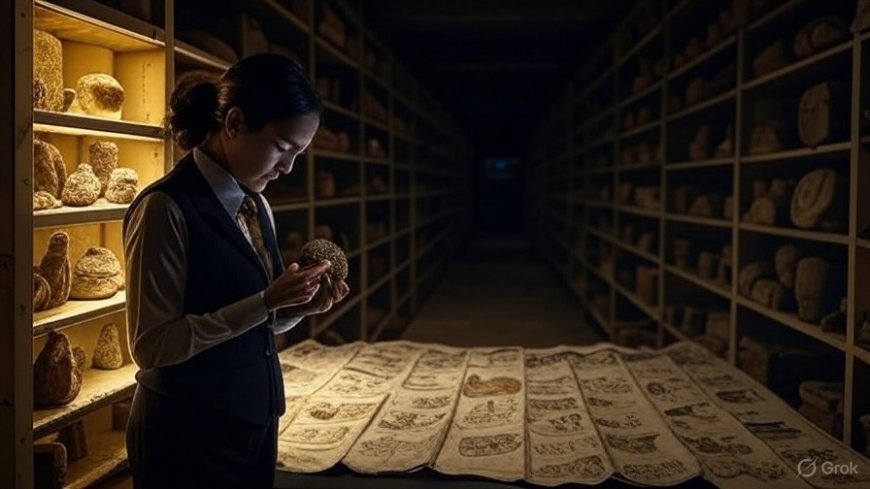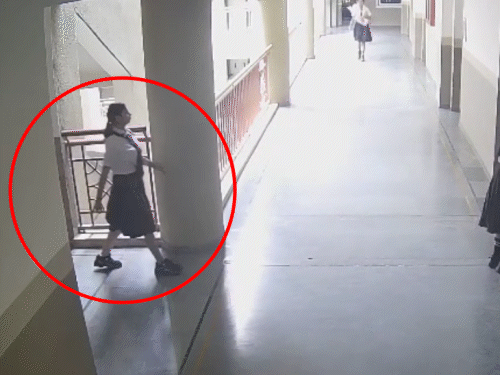Forgotten Treasures: Smithsonian’s Hidden Vaults Tell a Deeper Immigration Story
Inside the Smithsonian’s hidden vaults, forgotten immigrant artifacts shed light on America’s immigration story, even as new policies spark national debate.

Washington, D.C. – Wednesday, August 20, 2025 – Beneath the bustling galleries of the Smithsonian Institution lies a world the public rarely sees: a labyrinth of vaults housing millions of artifacts that never make it to display. These collections, often overlooked in public discussions, are taking on new relevance as debates over immigration dominate political life in the United States.
While policymakers wrangle over policies screening for so-called “anti-Americanism,” Smithsonian curators quietly safeguard objects that reveal the complexity—and richness—of immigrant contributions to U.S. history.
The Hidden Smithsonian
The Smithsonian holds an estimated 155 million objects, from early Native tools to 20th-century protest banners. Yet only about 1 percent is on view at any time. The rest remain in climate-controlled vaults stretching across D.C. and Maryland.
Walking through these aisles, curators describe shelves stacked with heirlooms: hand-carved trunks carried by German settlers in the 1800s, prayer rugs brought by Middle Eastern families during the early 20th century, and typewriters once used in immigrant-run newspapers that gave voice to entire communities.
“These objects may not always be glamorous, but they tell the stories of people who built lives here,” said Dr. Marisa Lopez, a Smithsonian curator specializing in American cultural history. “They remind us that American identity has always been shaped by those arriving from somewhere else.”
Immigration Policy Meets Cultural Memory
The renewed immigration debate, particularly proposals to screen for ideological loyalty, has sparked concern among historians and cultural advocates. Many worry that reducing immigration to a matter of political litmus tests overlooks the nation’s long tradition of absorbing diverse influences.
Economists and social historians point out that the same immigrant populations once viewed with suspicion—Irish Catholics in the 19th century, Japanese Americans during World War II—later proved integral to the country’s growth. As a Pew Research Center analysis recently noted, more than 14 percent of today’s U.S. population was born abroad, making immigrant communities central to both the economy and national identity.
The Smithsonian’s hidden vaults provide a tangible reminder of these shifting tides. For instance, tucked away in a storage drawer are brightly embroidered Mexican rebozos, donated by farmworker families who joined labor movements in the 1960s. In another section rests a set of Chinese-language shop signs salvaged from San Francisco after the 1906 earthquake, evidence of a community’s resilience in the face of disaster and discrimination.
Curators Speak: Artifacts as Counter-Narratives
Smithsonian staff see their work as a counterweight to political rhetoric. James Whitfield, a veteran curator in the National Museum of American History, believes the artifacts serve as “silent witnesses” to the contributions of immigrants.
“When we look at an Italian stonemason’s tools or a Syrian family’s handwritten cookbook, we are reminded that immigration is not just a policy issue,” Whitfield explained. “It is lived history, etched into objects that survive longer than political speeches.”
Public Memory and National Identity
The debate also raises questions about what stories are elevated in the nation’s collective memory. Museums like the Smithsonian have increasingly sought to diversify exhibitions, highlighting underrepresented voices. Yet many of the most powerful artifacts remain unseen.
A group of scholars recently convened at The Brookings Institution to discuss how immigration narratives shape national identity. Several argued that tapping into Smithsonian’s hidden collections could help frame immigration less as a partisan fault line and more as an enduring feature of the American experience.
“Objects humanize the debate,” said historian Angela Kim. “When people see the sewing machine a Polish immigrant used to support her family, it is harder to reduce immigration to abstract statistics.”
The Road Ahead: Opening the Vaults
There are growing calls for the Smithsonian to expand access to its hidden vaults, either through rotating exhibits or digital archives. Curators acknowledge the challenge—limited space, conservation needs, and funding hurdles—but insist the effort is worth it.
“History becomes real when you can hold it in your hands—or at least see it,” said Lopez. “We owe it to the public, especially in these polarized times, to share the fuller story.”
As Congress continues to debate immigration policies in the run-up to the 2026 midterms, the Smithsonian’s quiet preservation efforts offer a striking contrast. While politicians argue over the future, the vaults whisper reminders of a past built not on exclusion, but on the weaving together of countless lives from distant shores.
What's Your Reaction?
 Like
0
Like
0
 Dislike
0
Dislike
0
 Love
0
Love
0
 Funny
0
Funny
0
 Angry
0
Angry
0
 Sad
0
Sad
0
 Wow
0
Wow
0








































































